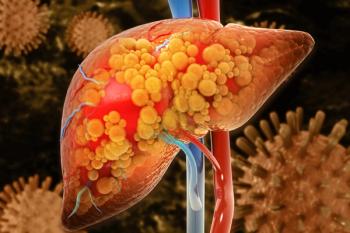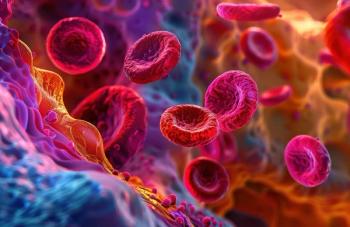
Top 5 Most-Read Spinal Muscular Atrophy Content 2023
This year’s most-read spinal muscular atrophy(SMA) articles explored mental health, new technologies, caregiver well-being, and more.
The top 5 most-read spinal muscular atrophy (SMA) articles on AJMC.com this year included insights into caregivers’ experience, the development of novel genetic screening methods, the most effective tools for educational videos on the disease, and the mental well-being of young children with SMA.
Here are the top 5
5. Improving SMA HRQOL Must Address Patient and Caregiver Well-being
The impacts of an SMA diagnosis and the subsequent care extend beyond the patient. In a prospective study utilizing patient-reported outcome measures, researchers found the well-being of both a patient with SMA and their caregivers are closely associated with one another.
4. NGS-Based Assay Shows Feasibility, Potential Cost Savings in Newborn SMA Screening
Investigators have explored potential cost-saving avenues in the realm of genetic testing in SMA. Currently, polymerase chain reaction testing is a standard screening method in SMA; however, researchers found that utilizing next-generation sequencing (NGS) testing could be more cost-effective in the long run while additionally screening for various conditions.
3. Researchers Highlight Utility of Long-Read Method for SMN1, SMN2 Profiling in SMA
This year, researchers emphasized the value of an informatics method in identifying carriers of the SMN1 and SMN2 genes, as well as detecting pathogenic variants. This approach was developed using PacBio HiFi data and yielded effective results in screening for SMA-related gene haplotypes.
2. YouTube Videos Have Mixed Quality, Reliability for Educating Patients About SMA
Researchers conducted an analysis on the factors contributing to better educational outcomes in YouTube videos on SMA. Across the spectrum of video categories, results indicated that infographics had a higher influence on viewer learning.
1. Children With SMA Have Increased Anxiety, Depression
In this cross-sectional study, researchers investigated the behavior patterns in young children diagnosed with SMA compared with children enduring other chronic non-neurological diseases. Overall, children with SMA exhibited higher incidences of depression and anxiety; however, these results varied depending on the type of SMA diagnosis.
Newsletter
Stay ahead of policy, cost, and value—subscribe to AJMC for expert insights at the intersection of clinical care and health economics.













































